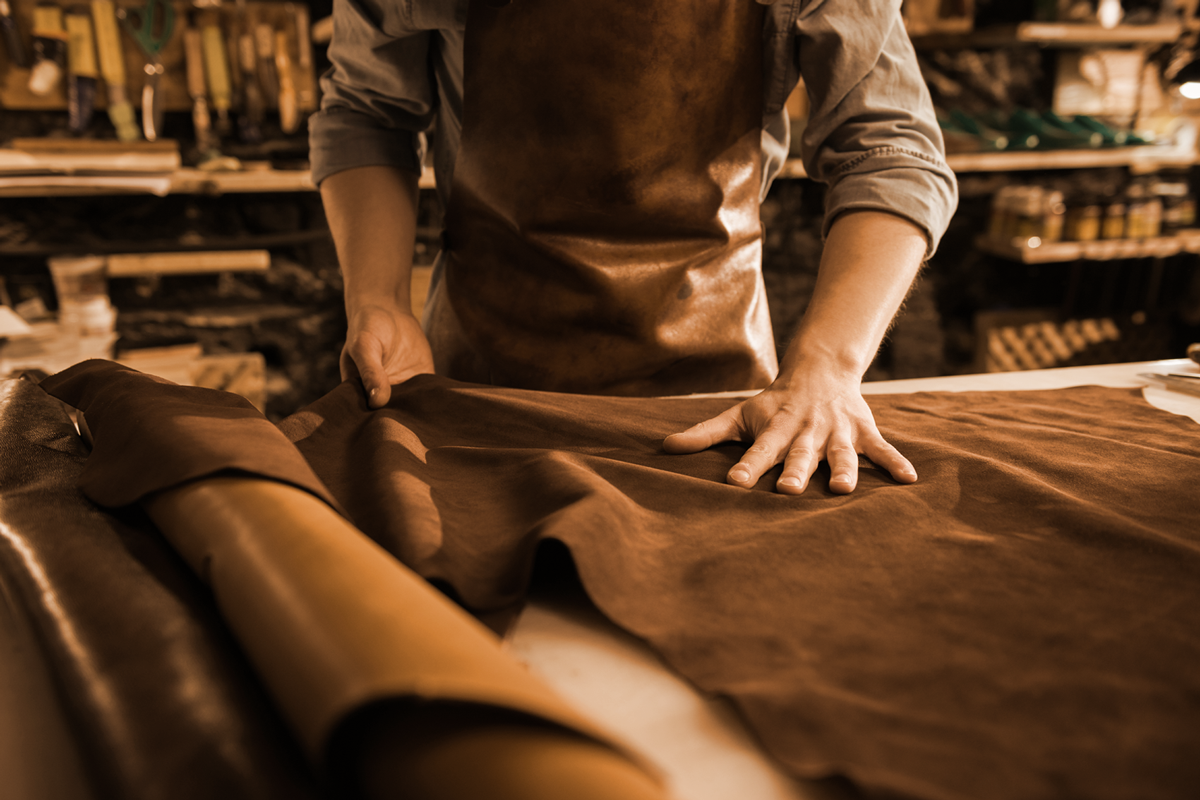The leather industry has faced increasing scrutiny over the years due to its environmental impact. The use of certain chemicals in the tanning and finishing processes can contribute to pollution, water contamination, and health hazards. As a result, there is a growing demand for sustainable and environmentally friendly leather chemicals. Key Environmental Concerns: Sustainable Alternatives: To address these concerns, the leather industry has been exploring and adopting more sustainable alternatives for traditional leather chemicals. Some examples include: Regulatory Compliance: Leather manufacturers must comply with strict environmental regulations to ensure that their operations adhere to sustainable practices. This includes obtaining necessary permits, implementing pollution control measures, and reporting environmental data. Consumer Awareness: There is a growing consumer demand for sustainable and ethically produced leather goods. By using environmentally friendly leather chemicals and transparent manufacturing processes, leather companies can meet the expectations of conscious consumers. Conclusion The leather industry is evolving to address environmental concerns and adopt more sustainable practices. By using environmentally friendly leather chemicals and implementing responsible manufacturing processes, the industry can contribute to a healthier planet while maintaining the quality and luxury of leather products.
Leather Chemicals and Environmental Sustainability


